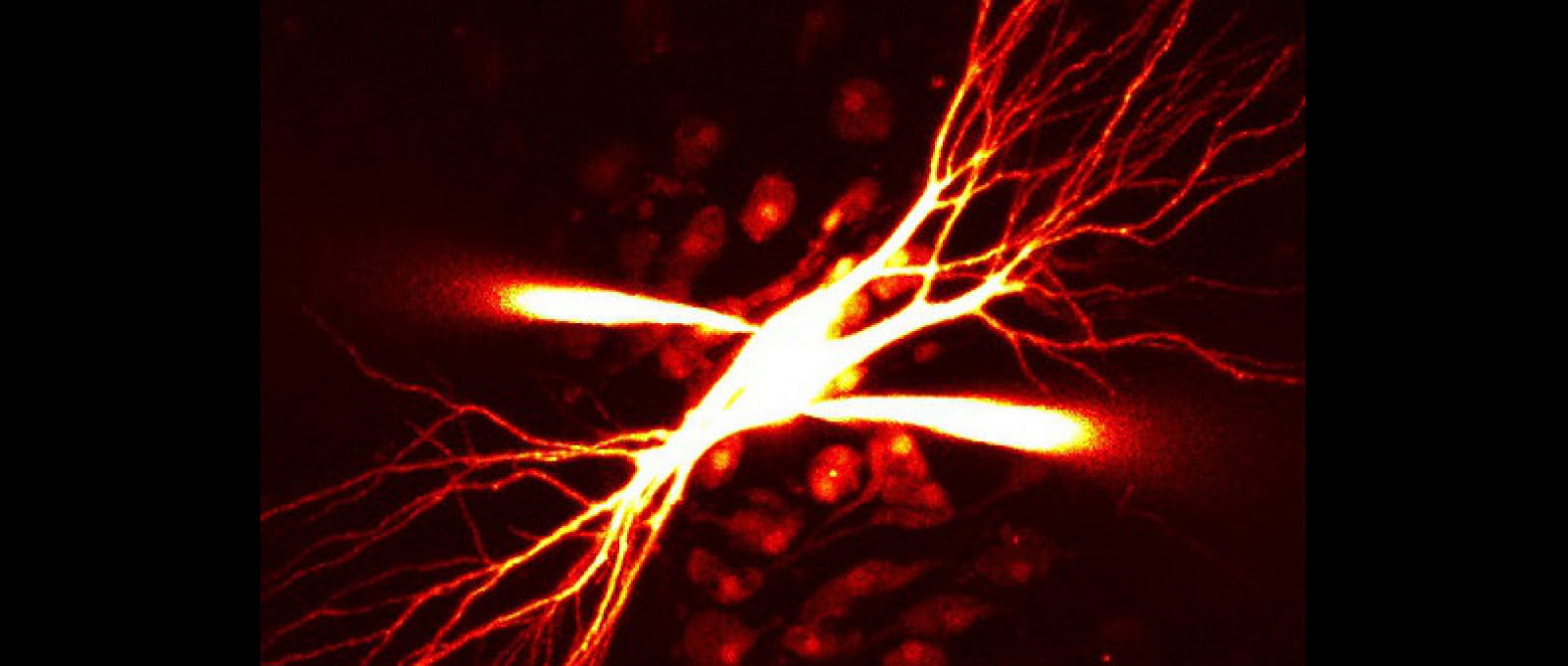Description de la soumission d'un avis

Ion Channel and Synaptic Neurobiology

The Ion Channel and Synaptic Neurobiology unit (UNIS) is aimed at understanding the role of ion channels in neuronal communication, functional plasticity and brain diseases such as temporal lobe epilepsy, neurodegenerative diseases, psychiatric disorders and amblyopia (visual deficit acquired during childhood). We possess a unique expertise in epilepsy, synaptic plasticity, intrinsic plasticity, axon physiology, lipid-protein interactions and visual system.
The unit comprises neurophysiologists, imaging specialists, biochemists and clinicians. A part of the ophthalmology service of the North Hospital has recently joined us to study the origin of amblyopia in subcortical brain structures. We regularly publish in the best scientific journals (Nature Reviews Neuroscience, Physiological Reviews, Neuron, Nature Communications, Science Advances, PNAS, Brain, Journal of Neuroscience, etc…) and our projects are supported by ANR, A*Midex, FRM, Région Sud and FRC.
Pictures from the UNIS laboratory



Research Teams
UNIS’s researchers focus on the role of ion channels in neuronal signalling, plasticity and diseases of the nervous system.
Plasticity
DescriptionFind out more, click on the following link : here
D Debanne & M Russier
Epilepsy
DescriptionFind out more, click on the following link: here
M Russier & D Debanne
Amblyopia
DescriptionFind out more, click on the following link: here
B Marquèze, M Russier & D Debanne


